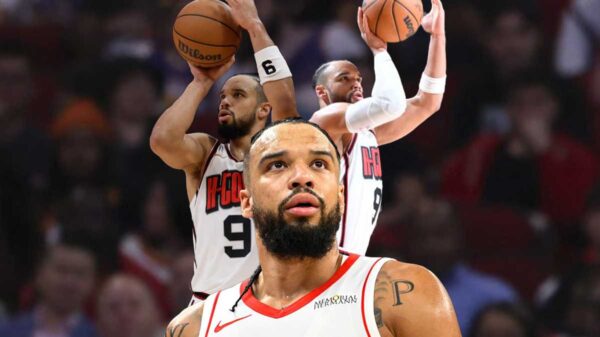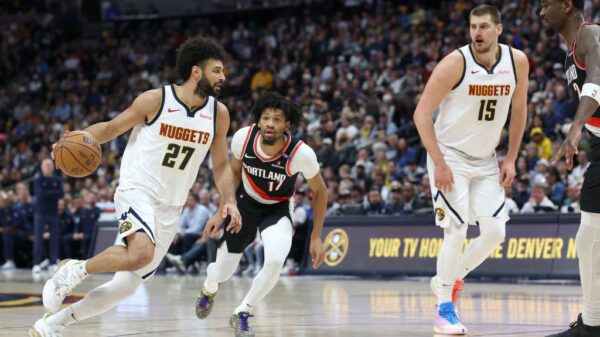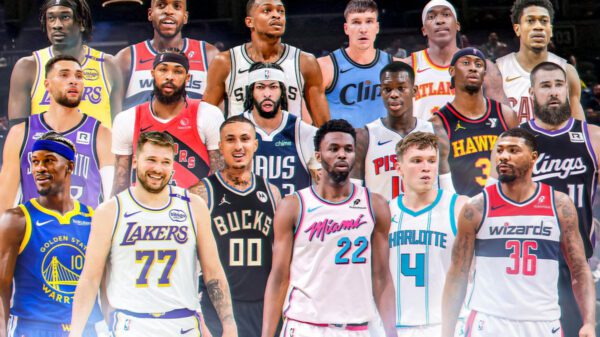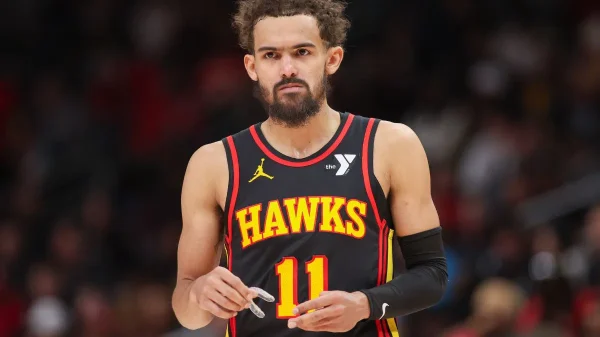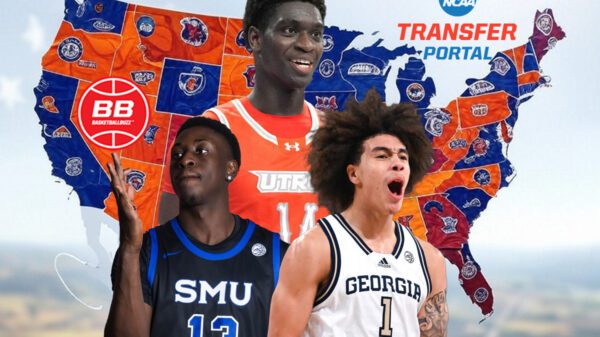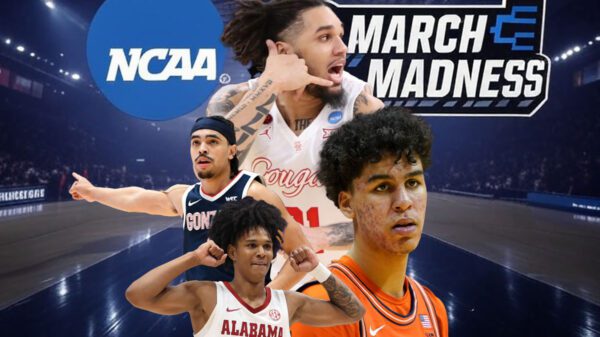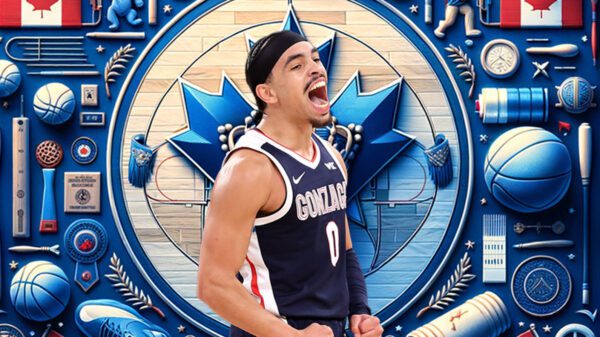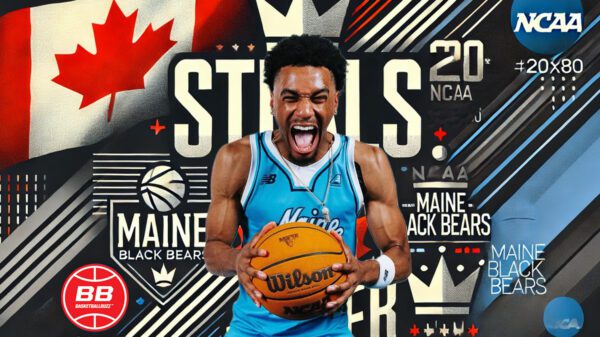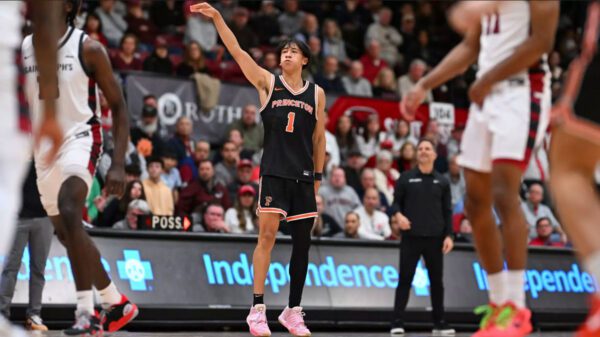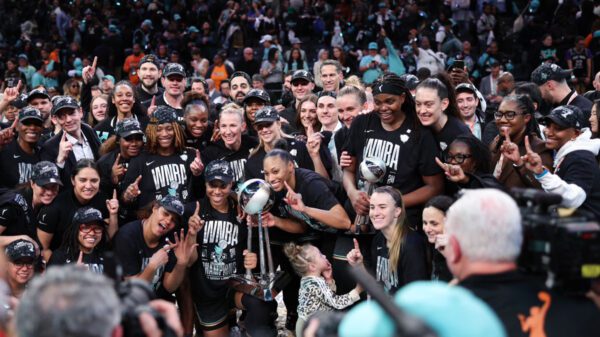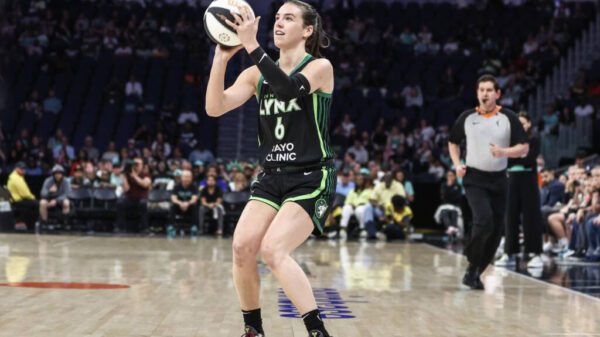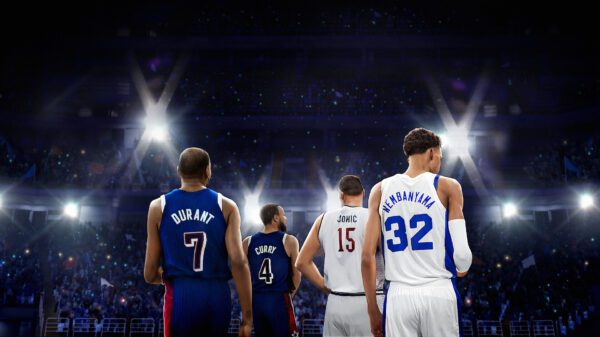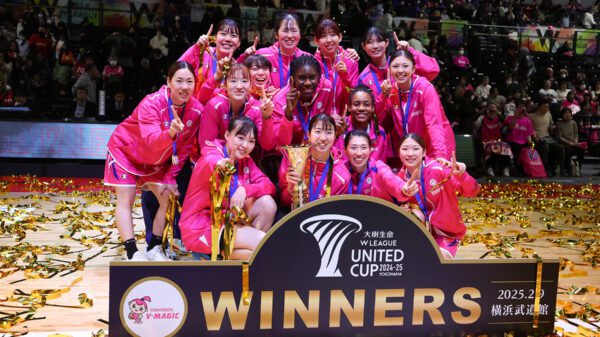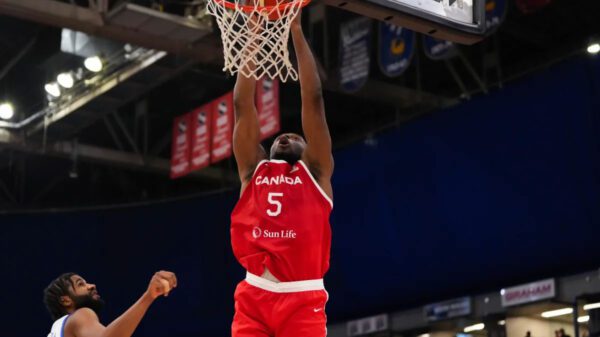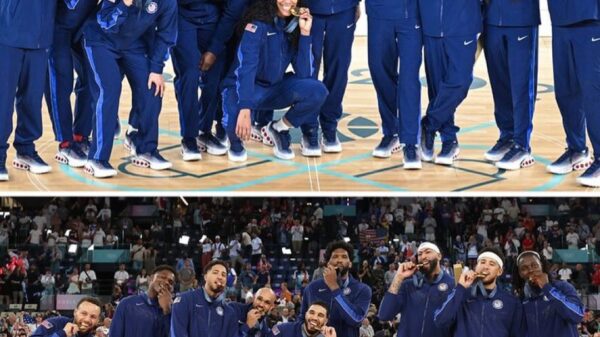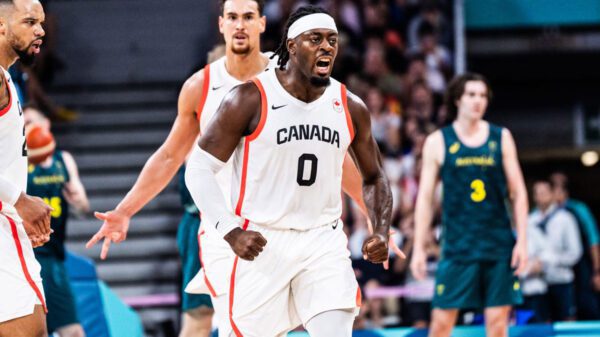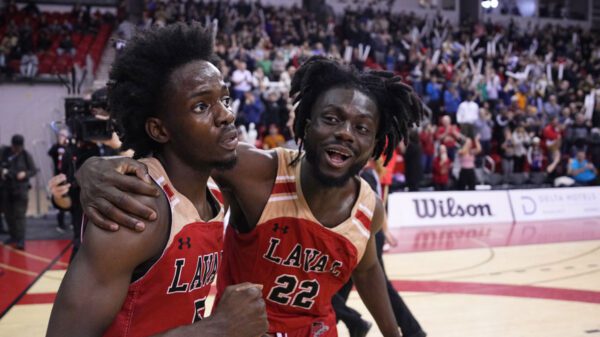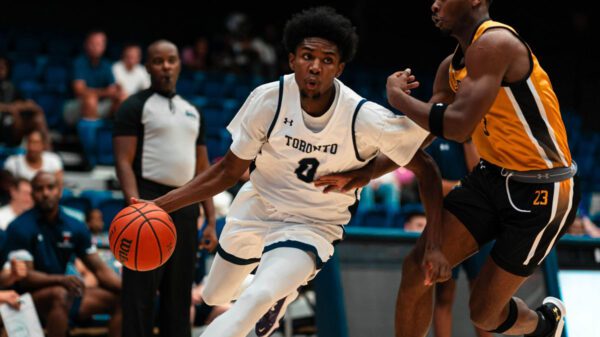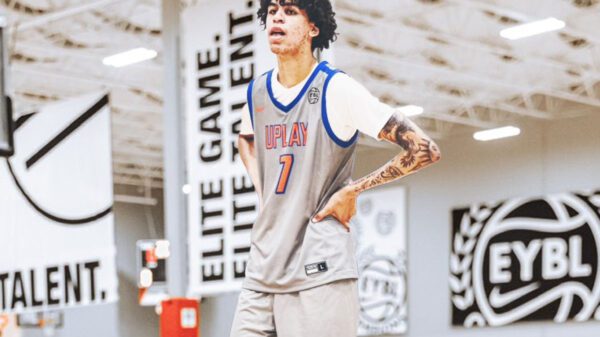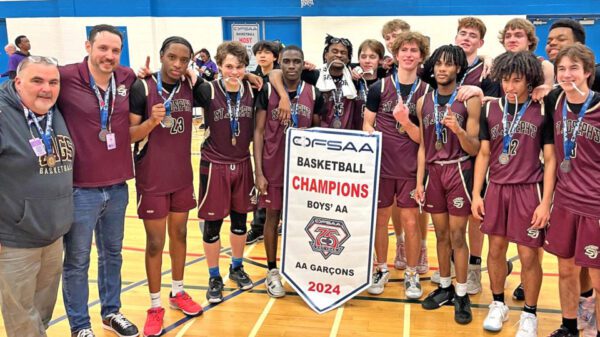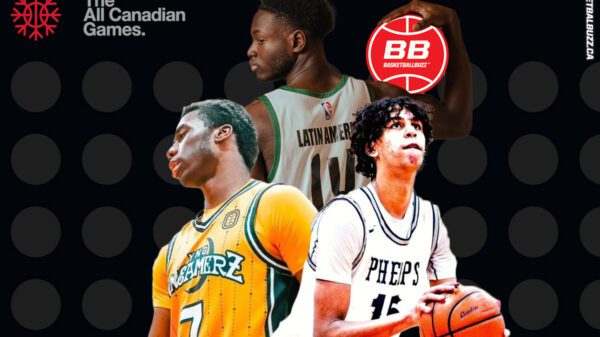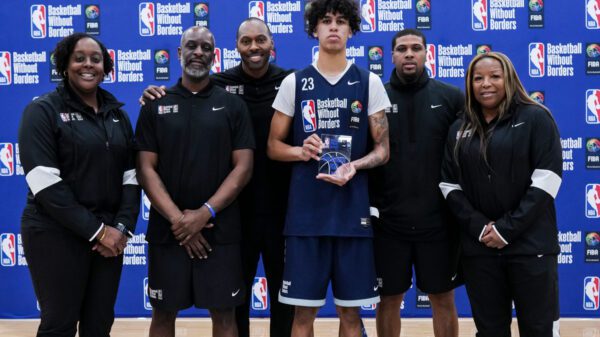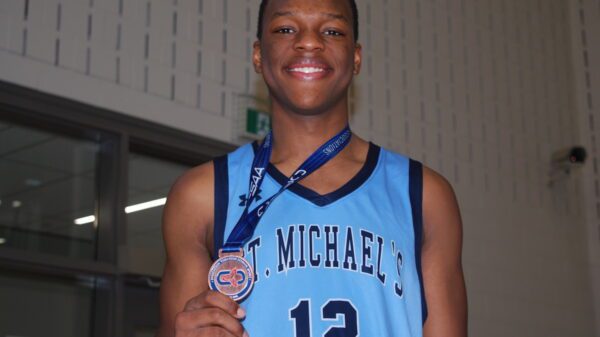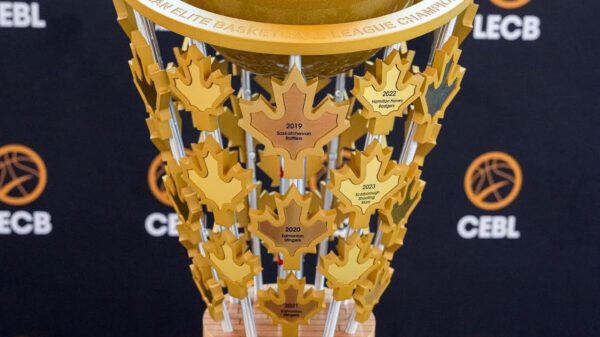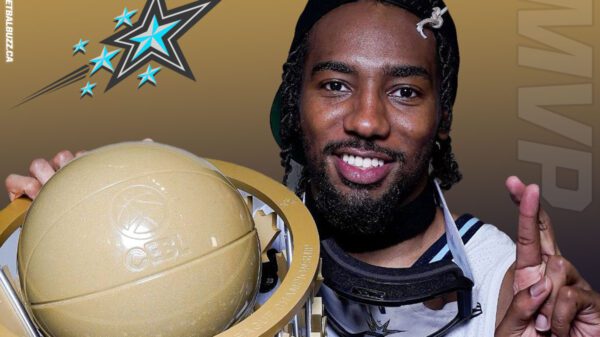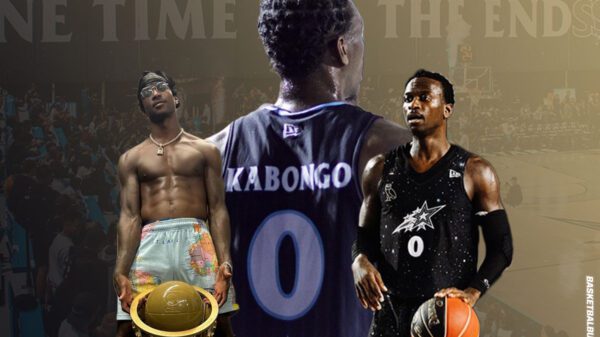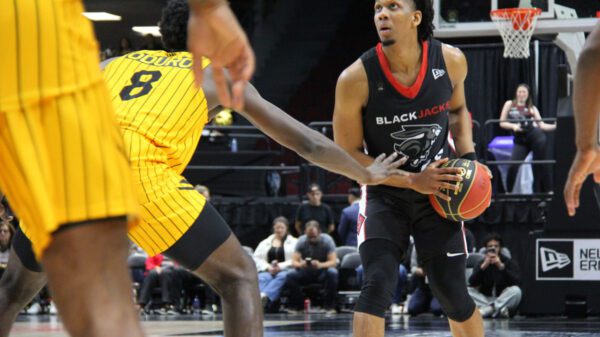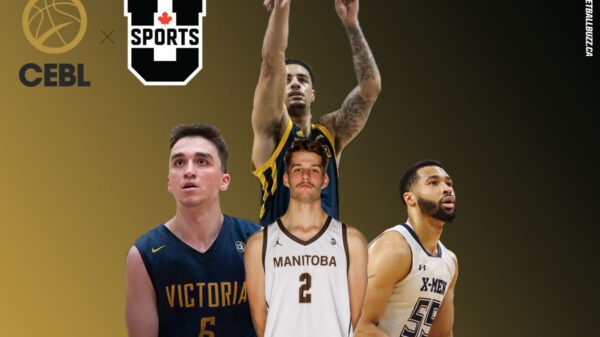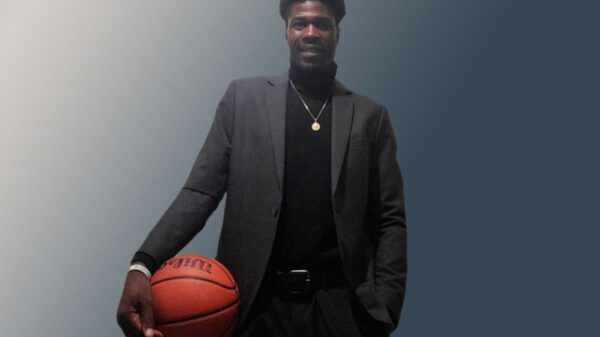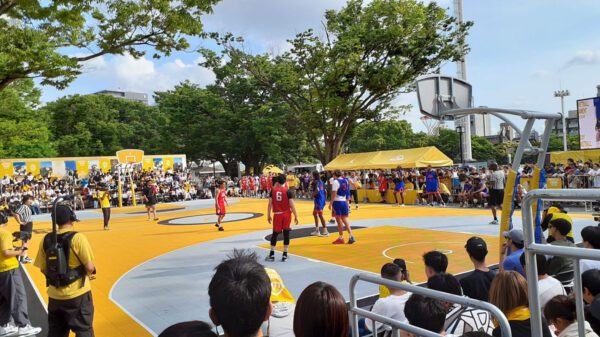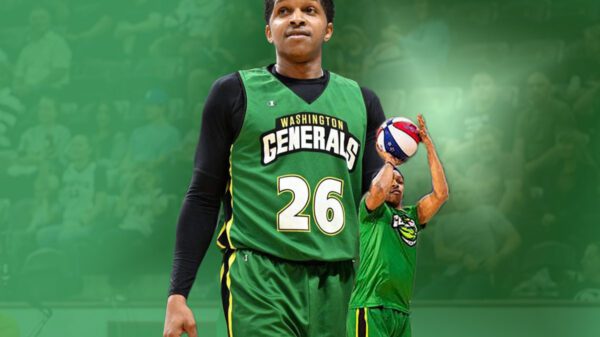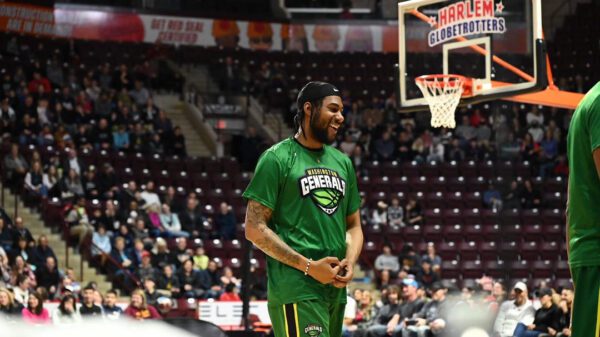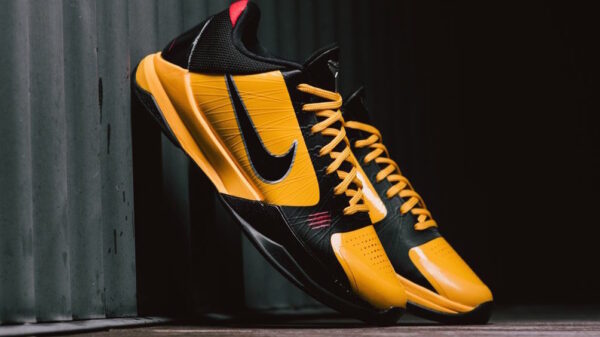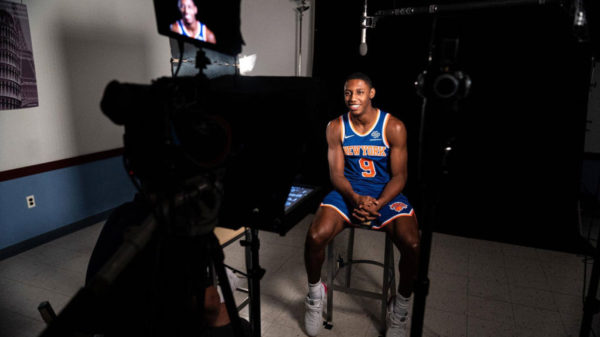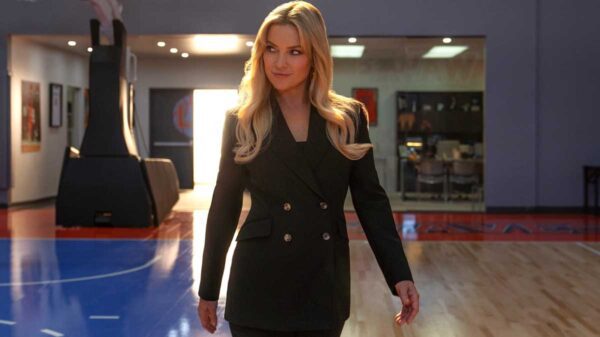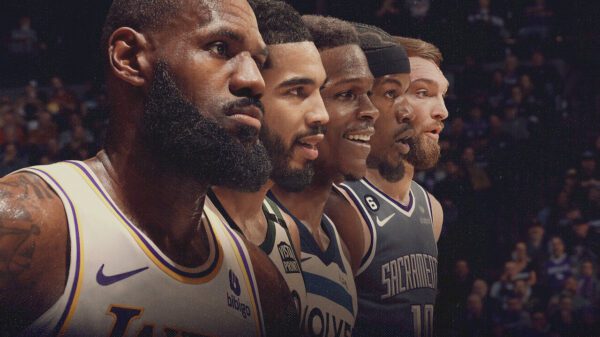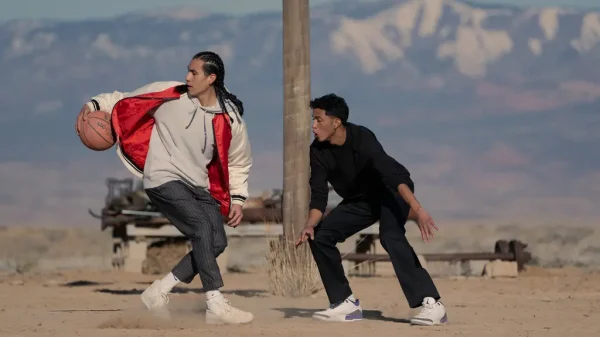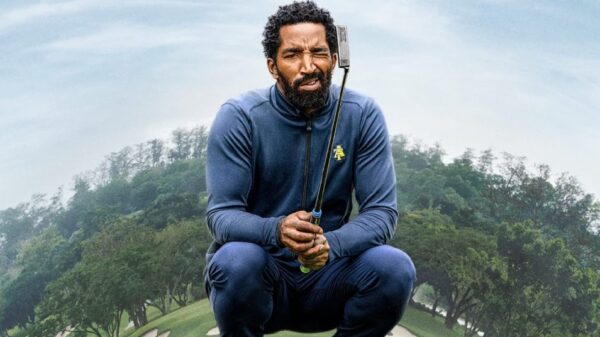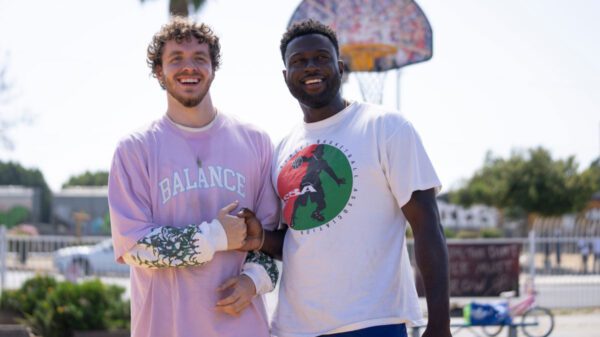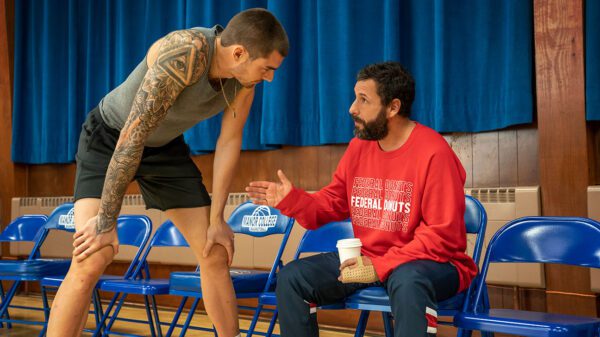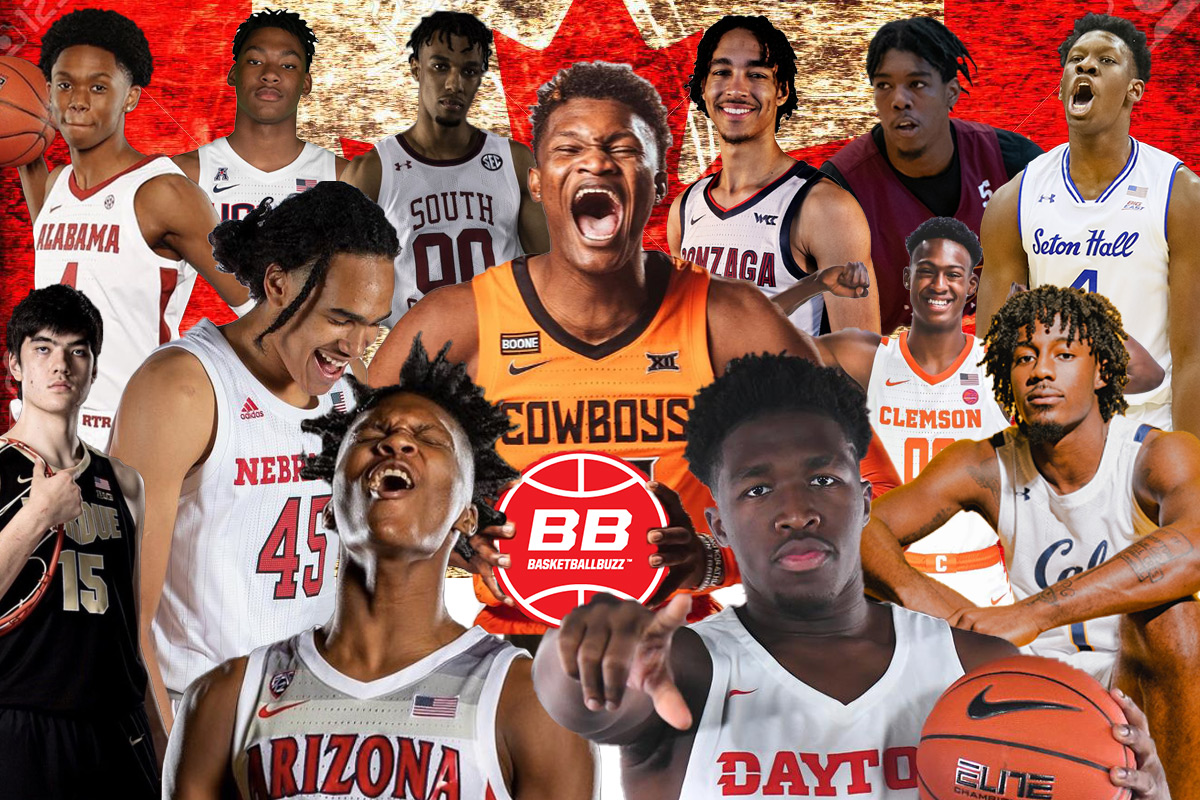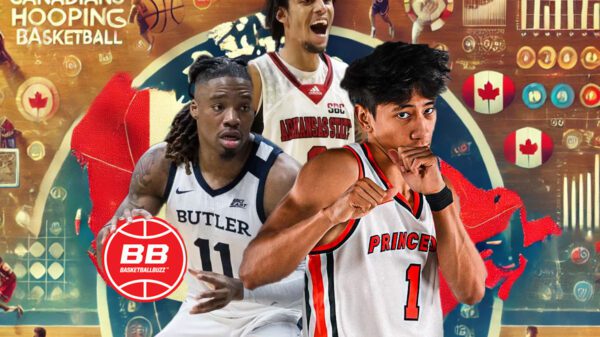After a long 258 days without NCAA basketball, the game is finally back on the hardwood with the sweet sound of squeaking sneakers, whistles, nothing but net swishes and in your face dunks.
Taking a page from the successful NBA Bubble, the 2020-21 NCAA regular season, including the upcoming March Madness tournament will be played at bubbled-up single event sites — combining the opening rounds, right down to that glorious one shinning moment in one state for the first time in the history of the annual three-week event.
The nearly one-year-old COVID-19 global pandemic completely disrupted the entire basketball recruiting calendar — affecting evaluation periods, campus visitations and forcing coaches and players alike to get creative during this challenging time.
A record one-hundred and sixty-one (161) Canadians across the United States will look to get Canada back on the NBA Draft podium, or virtual screen, by showcasing their talents as they look to establish themselves as household names.
In an effort to make sense of all the data and identify ongoing trends — below is the most complete and updated list of all the players, including their height, teams, conferences, class, city, provinces and much more.
Additionally, multiple charts make it easy to quickly analyze and identify other interesting trending facts about the all the Canadians playing 2020-2021 NCAA men’s division one college basketball.
2020-21 Canadian NCAA men’s basketball list – (Subscribers only)
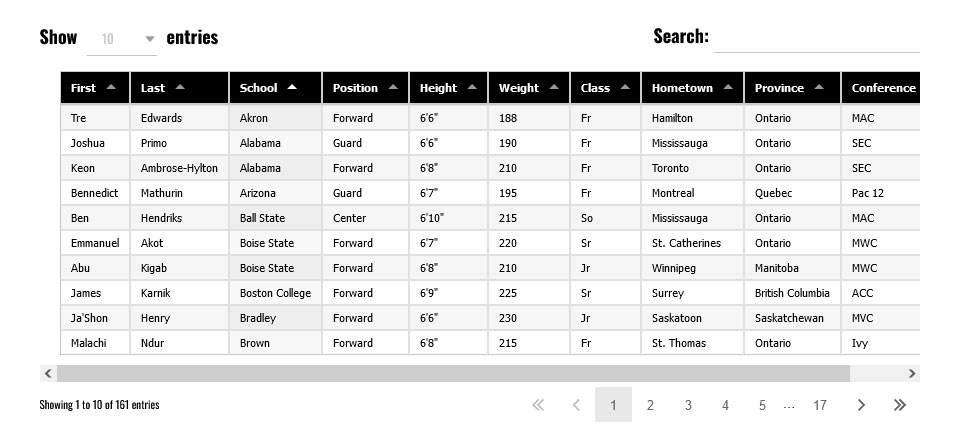
2020-21 Canadian NCAA stats tracker
In an effort to make things much easier and help you keep-up with all the Canadian’s currently playing NCAA basketball, we’ve designed and developed the BasketballBuzz 2020-21 Canadian NCAA men’s basketball stats tracker.
City breakdown & analysis
Inhabiting nearly seven million Canadians, the Greater Toronto Area (GTA) is the largest and most populous metropolitan area in Canada. Consisting of 25 municipalities, it continues to dominate as the hot spot for churning out Canadian NCAA basketball players. A whooping fifty-one percent (50.9%) or 82 of the total 161 active players come from the region.
Toronto occupies the hot zone in the country with 37 players hailing from Canada’s biggest city for a solid twenty-three percent (23.0%) of the overall players.
Much like Toronto, Montreal, the poutine capital of Canada, continues to serve-up a heavy dosage of Canadian basketball talent. A total of twenty-three (23) players or fourteen percent (14.3%) of all the players represent Canada’s second-largest city.
The City of Brampton continues to see its numbers rise steadily each year and now occupies the third spot in the country with a total of thirteen players. Other hot-zones include Hamilton with ten (10) players, Mississauga with eight (8) and Oakville with seven (7).
Out west, Edmonton has become a hot commodity like Canadian gold stocks with four players, Winnipeg is also on the map with three — followed closely by Regina, Surrey and Vancouver.
Provincial breakdown & analysis
Ontario, the biggest and most populous province in Canada, continues its never ending stranglehold on Canadian basketball. With 108 of the total 161 players calling Ontario their home province, the central province continues to increase its numbers on a yearly basis.
Quebec takes the second spot with a strong eighteen percent (18.6%) or 30 players. The probability of Quebec one day dethroning Ontario as the top producing NCAA province is a real one — specially considering the recent sweep by the province at the 2019 U15 and U17 Canadian National Championships.
With eight players, Alberta has surpassed British Columbia to become the third-largest exporter of Canadian NCAA talent to the south. Atlantic Canada, which had seen a surge of Canadians in the NCAA in recent years, is down to only one player from the East Coast.
Conference breakdown
A closer look at the conference breakdown reveals some interesting points. The story here is the rise of the mid-major conferences, only about twenty percent (21%) of the total 161 Canadian NCAA men’s basketball players are in the top five power conferences (ACC, Big Ten, Big 12, PAC -12, SEC).
The other seventy-nine percent (79%) are scattered across the other 27 remaining conferences. The Big South and the Southwest Athletic Conference (SWAC) are the only two conferences that don’t have a Canadian basketball player on their rosters during the 2020-21 season.
The Ivy League features a total of eleven (11) players in the conference, closely followed by the America East Conference (AEC) with a total of nine (9) players — three each at Vermont and Maine.
The West Coast Conference (WCC) continues its strong tradition of developing Canadian basketball talent with eight players, including a trio at Santa Clara University.
Class breakdown
The 2020-21 Canadian NCAA freshmen class promises to be one of the better ones in recent years and has the potential of producing multiple one and done NBA Draft selections like it has done in the past.
Overall, there are more Canadian freshmen playing NCAA college basketball this year, with nearly thirty-two percent (32.3%) of all the total players. Not far behind is the junior class at twenty-eight (28.6%) percent. The sophomore’s with a total of 29 players make-up 18% percent of the overall pie and with all the uncertainly this season a total of 34 seniors will look to finish off their collegiate careers in style.
Freshmen class responsible for 10 NBA Draft picks
Since 2009, Canadian freshmen have led the way and have been responsible for 10 of the 20, or fifty (50%) percent of the Canadians that have been selected in NBA Draft. Tristan Thompson, Cory Joseph, Anthony Bennett, Andrew Wiggins, Tyler Ennis, Trey Lyles, Jamal Murray, Ignas Brazdeikis, Shai Gilgeous-Alexander and RJ Barrett all left for the NBA after their freshman season.
Nik Stauskas, Nickiel Alexander-Walker, Mfiondu Kabegele got their names called after their sophomore years — while Dillon Brooks, Brandon Clarke and Kelly Olynyk shook the commissioner’s hand following their junior seasons.
Andy Rautins, Andrew Nicholson, Dwight Powell and Marial Shayok are the only players to complete their senior years and get drafted. Rautins, Powell and Shayok went in the second-round while Nicholson got selected 19th overall.
Can’t teach height – four seven-footers
Purdue Boilermarker seven-foot-four, 18-year-old freshman Zach Edey is a massive young man with a skill set to match his giant, agile frame. The Toronto stud tops all players in the height department and is the tallest Canadian on a NCAA college basketball roster since seven-foot-five Sim Bhullar (Toronto) hooped with the Aggies of New Mexico State during the 2013-2014 season.
Other seven-footers playing NCAA basketball this season include Connecticut/Texas A&M freshman Javonte Brown-Ferguson, Alex Christie (Stony Brook) and Emmanuel Tshimanga (UC Irvine).
28 NCAA teams with multiple Canadians
Twenty-eight of the possible 356 division one teams feature multiple Canadian players. The quarantined for the season, Harvard Crimson Tide, have a total of four players, followed by Vermont, Maine, Santa Clara and Northeastern with three each.


